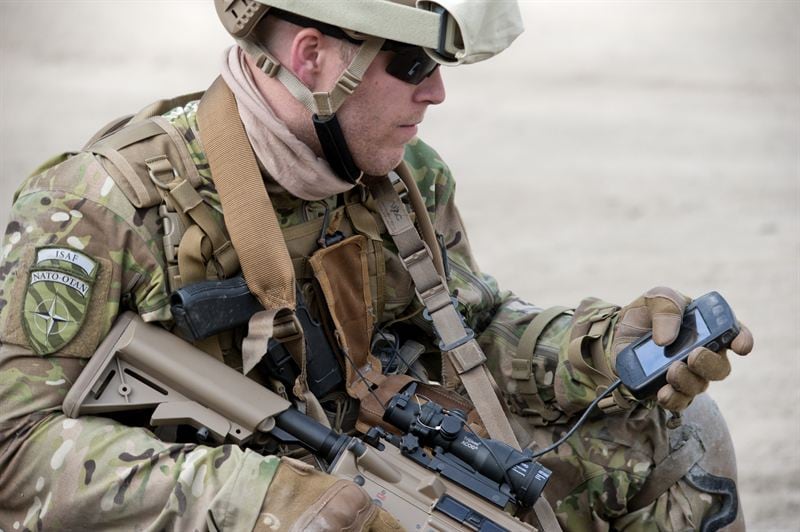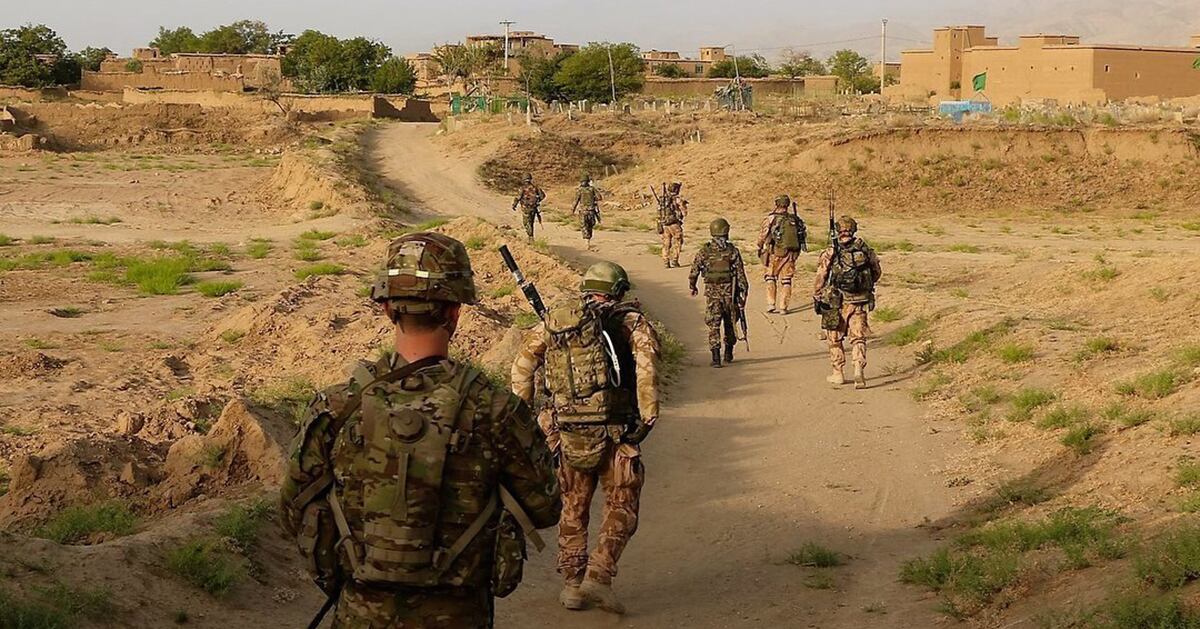Army leaders are following up on an experiment to modernize their battlefield network and are now considering scaling a new approach to brigades after a successful test with smaller battalions.
RELATED

The integrated tactical network, or ITN, is best described as a suite of capabilities that provide greater connectivity and mission command functions that have, to date, largely focused on smaller units such as battalion and below. But Army leaders have said they plan to scale this architecture to a brigade unit and could start fielding the tools in formations, and not just test units, in 2020.
RELATED

“The first kind of goal post ... over the next 12-18 months is defining what this integrated tactical network capability set should look like in the various formations and then begin fielding. We want to start fielding units, like first units equipped on a conveyor belt, starting in ’20,” Maj. Gen. Peter Gallagher, director of the Network Cross Functional Team told reporters Oct. 9 at the AUSA annual meeting. “We will adjust, as [Maj.] Gen. [David] Bassett, said based on the configuration of the unit and we will learn as we go.”
Bassett, program executive officer for Command, Control, Communications-Tactical, told reporters that ITN, the new network design, roll out has started with the infantry brigades, Stryker brigades and armored brigades.
Working through the network cross functional team, the Army has been using experimentation to figure out exactly what this network design will look like.
One of the conclusions is that not every formation in every region will have the same configuration.
“The key is treating the network as an ecosystem and not just a box and a set of limited waveforms but really taking a look at what’s in the art of the possible for cross connecting, cross banding, going through either translation tools or gateways,” Gallagher said. “We don’t want that network to be the same network at every stage. We want to evolve the network, tailor to it to each of those formations and take advantage of technology as it becomes available.”
Mark Pomerleau is a reporter for C4ISRNET, covering information warfare and cyberspace.








